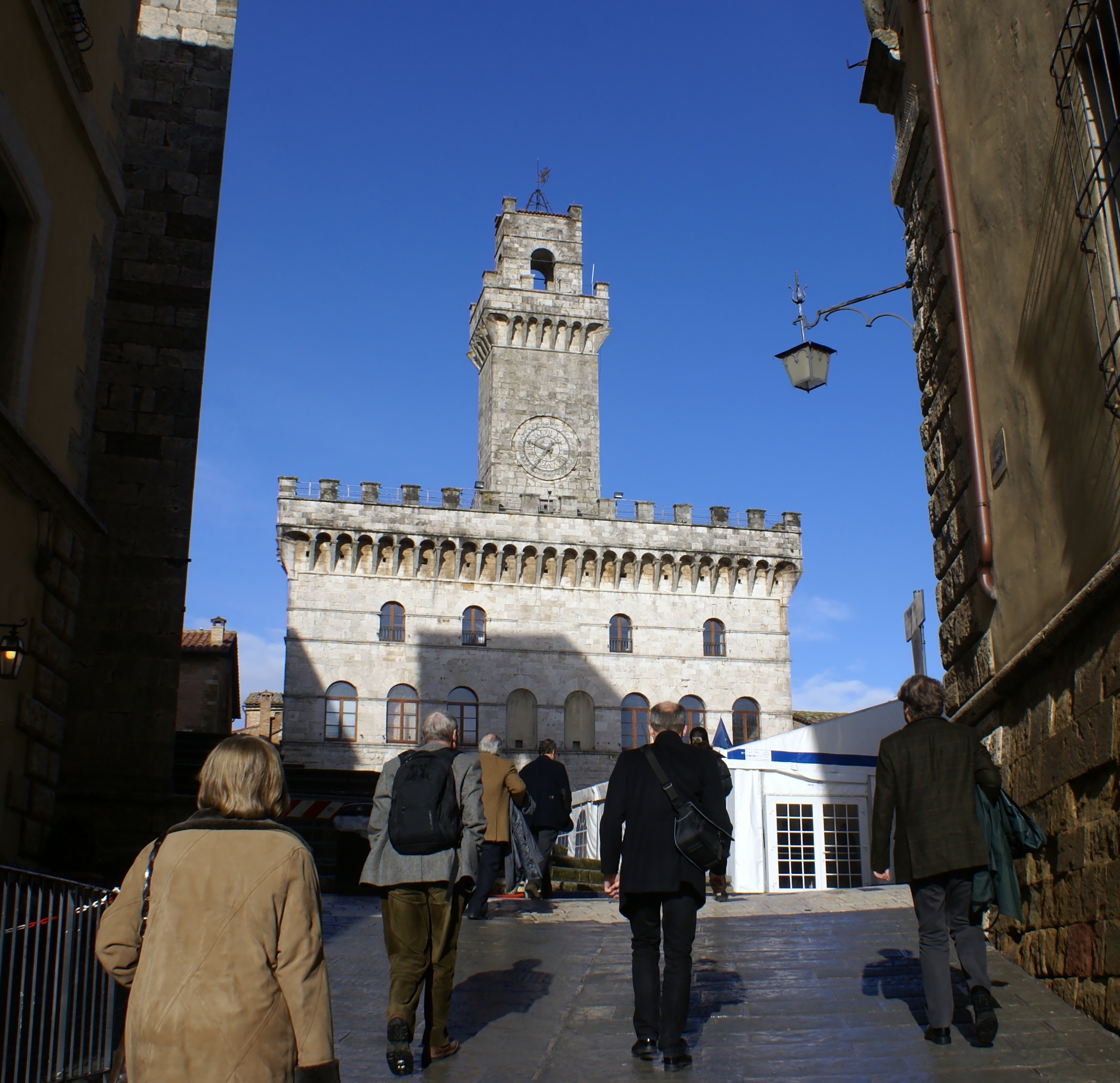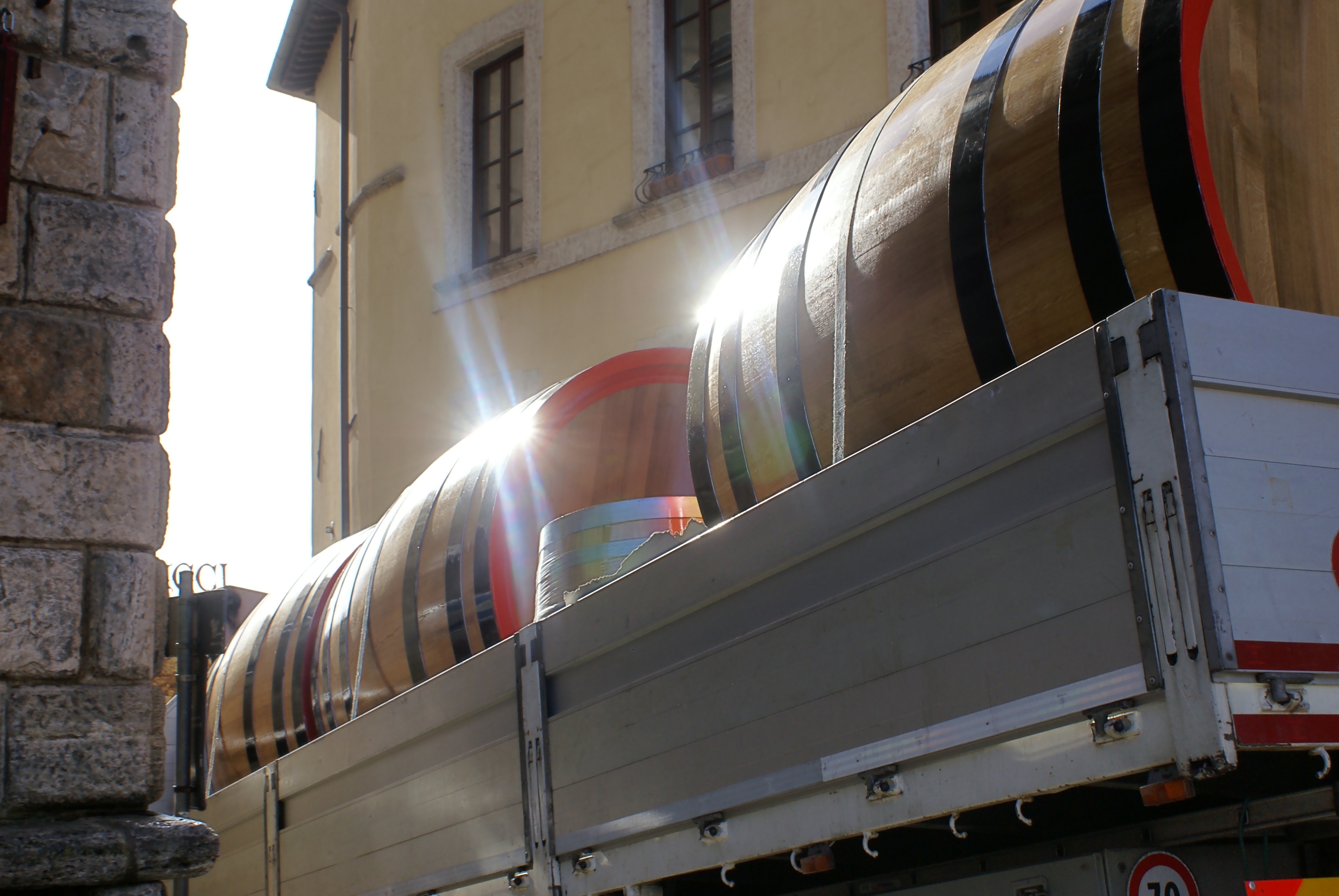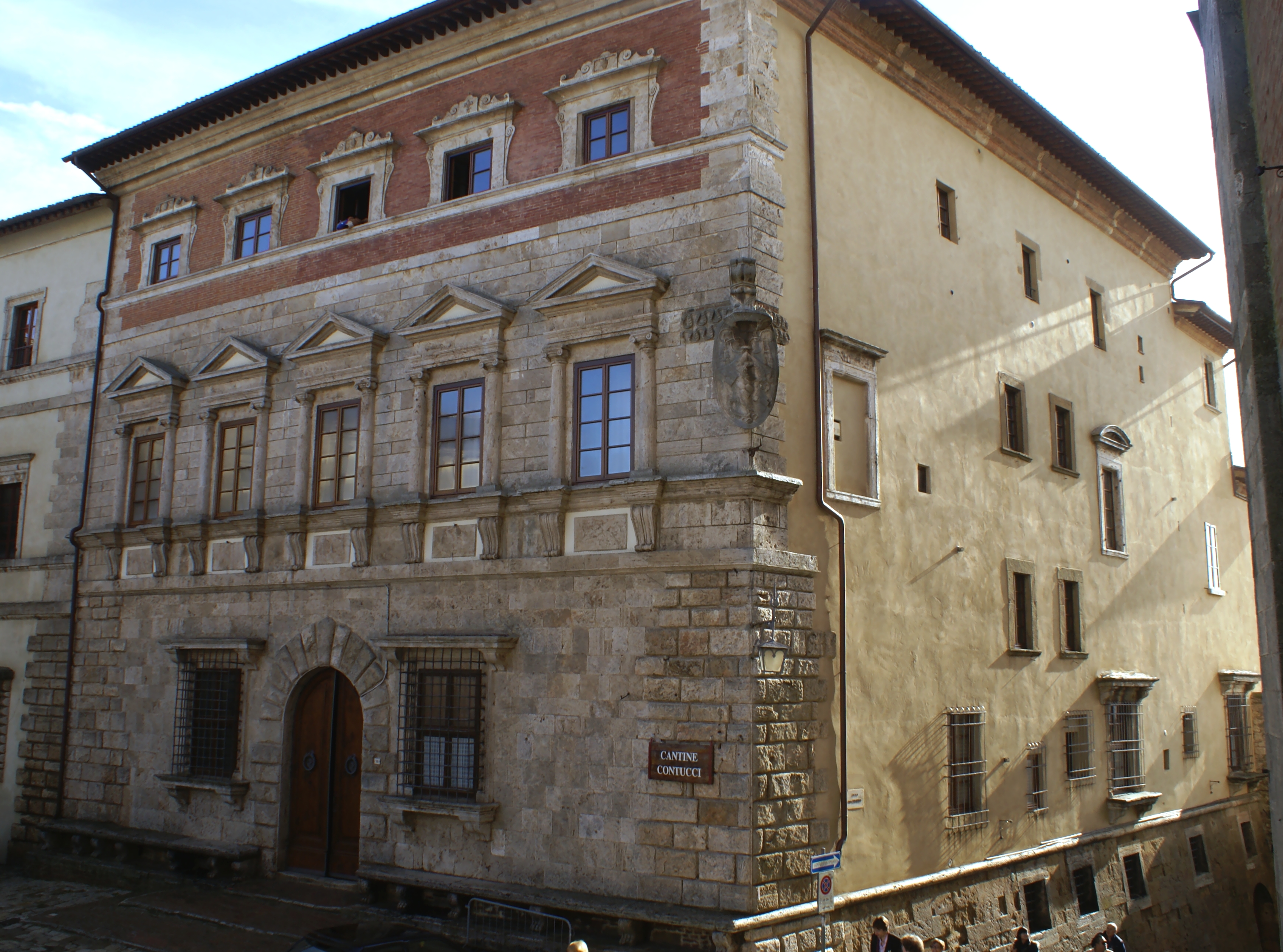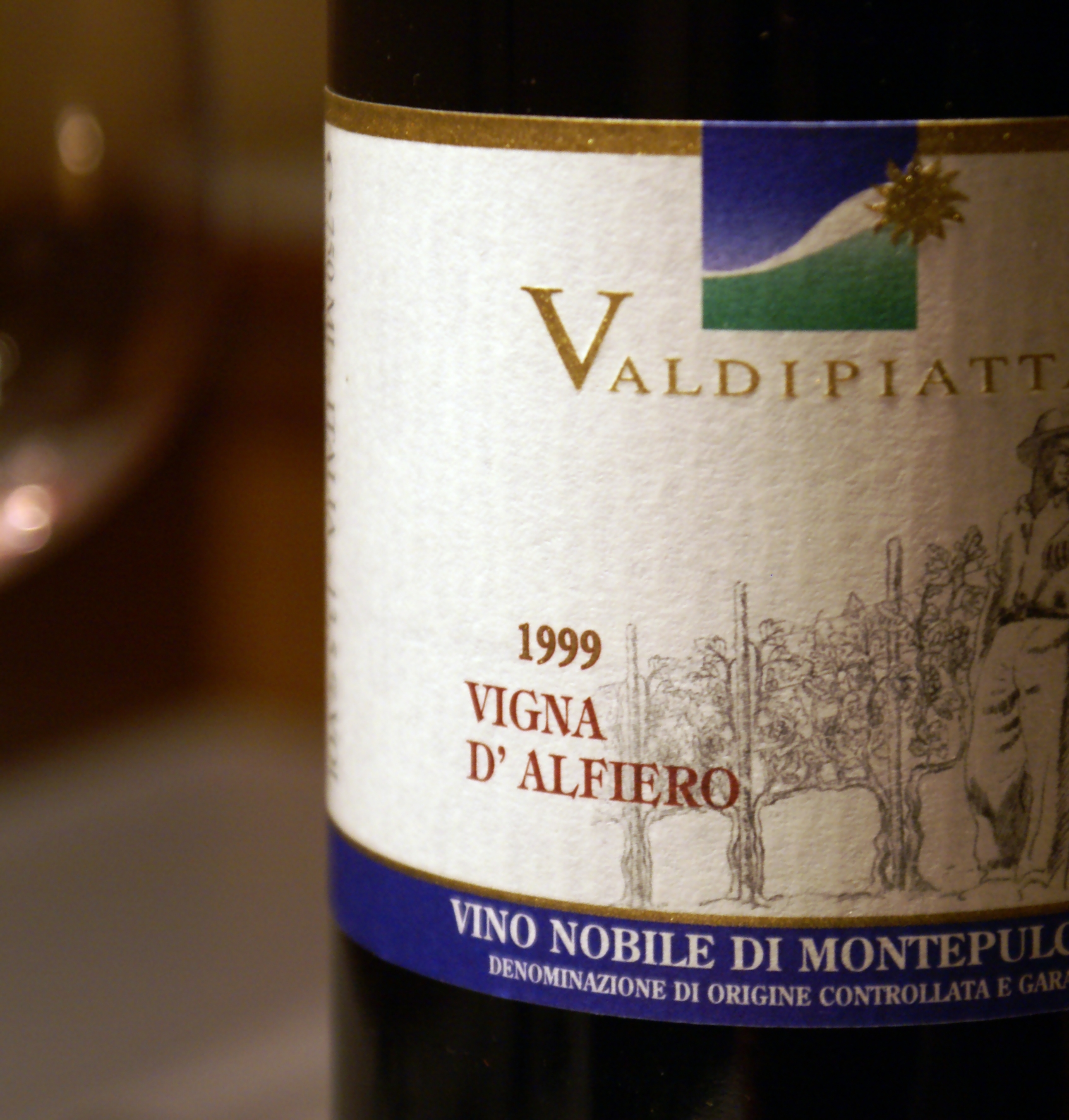Vino Nobile: overdone, underwhelming
Posted on 19 February 2010
My palate is exhausted after 220 Chiantis and 104 Vino Nobiles that I’ve tasted since Tuesday. Tannins are supposed to be a natural preservative and so I’ve probably extended my lifespan by a good decade, but they’re really exhausting. And it’s all made worse by the high-acid, high-tannin 2007 vintage that provided some exciting drinking but the wines are really rather tense. Plus there’s the execrable tendency towards overextraction that is really ruining the life of an appellation like Vino Nobile.
The latter is an interesting illustration of what has to be defined the Tuscan disease. It’s a historical terroir with impeccable pedigree and geologically and climatically, it really has all the cards in hand to produce some great Sangiovese. When you taste the simplest local wines labelled Rosso di Montepulciano, they have enticing intensity of cherry and currant fruit and are really a joy to drink, slightly chilled, over a plate of the unbeatable local hams and pecorino cheeses. It’s all the sadder that the higher you climb up the ‘prestige’ ladder, the least interesting the wines become. Overextracted, excruciatingly tannic, palate-numbingly drying, overripe, overalcoholic, macerative, flabby, chocolatey are only some of the descriptors I’ve used in my notes for the single vineyard and riserva bottlings. As a group they’re really coming across as mutant modern Sangioveses, consultant winemaker-driven to taste like new-wave Right Bank Bordeaux.
Arguably Vino Nobile’s strong natural tannins call for a compulsory long ageing in wood and bottle, and the vintages we’ve been treated to – 2007 for Nobile and 2006 for riserva bottlings – are just way too young. It’s a criticism that extends to the entire Tuscan operation: Chianti have been presenting their 2008s and 2007s (I’ve refused to taste the former, there being happily enough 2006s too to occupy me, but colleague writers have gone through a 100 samples and already summarised the vintage before it is even bottled for good), Brunello is releasing the 2005s when actually today is really the right time to taste and drink 2004s, or even 2001s for the more serious wines. The Chianti Classico DOCG consorzio have introduced a measure where 20% of a riserva stock can be held to release later than the minimum required ageing, but it’s hard to see why this ‘optional’ change (that several winemakers admitted not really understanding) would contribute towards changing the current state of affairs where Sangiovese wines, simply put, are released too early.
Why this matters was shown by a few older vintages of Nobile that were head and shoulders above their young counterparts: Contucci’s Pietra Rossa 1996 and Riserva 1986 were both far from maturity and the Vigna d’Alfiero 1999 from Valdipiatta, from a slow-maturing north-exposed plot that notoriously delivers the toughest (and somewhat overextracted and overoaked too) Nobile in youth, has acquired a miraculous elegance that you wouldn’t suspect when you taste the 2006. Alfiero 1999 (with the older vintages of Boscarelli and Poliziano’s Asinone) was quite the best Nobile I’ve tasted.
Disclaimer:
This trip to Tuscany (flights, hotels, meals and transfers) was paid for by the consorzios of Vernaccia di San Gimignano, Chianti Classico, Vino Nobile di Montepulciano and Brunello di Montalcino.





